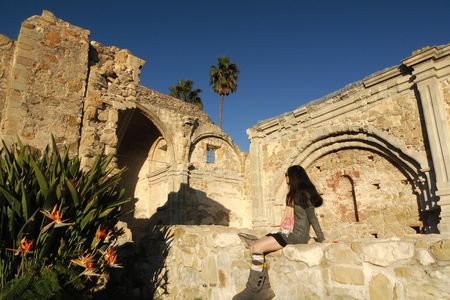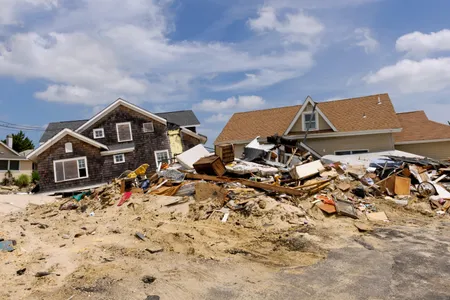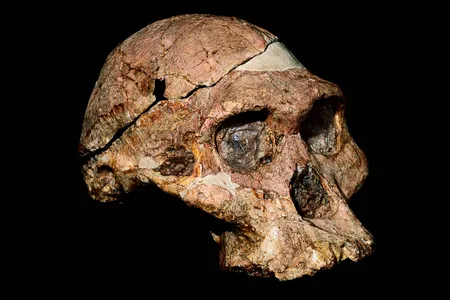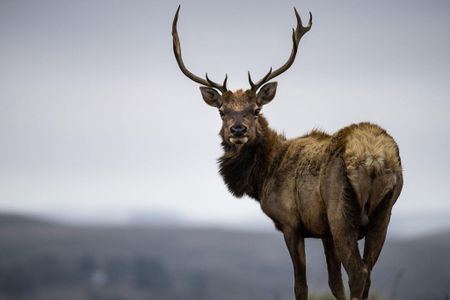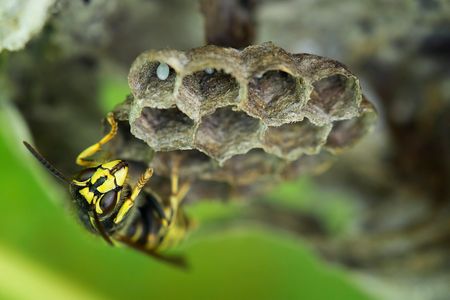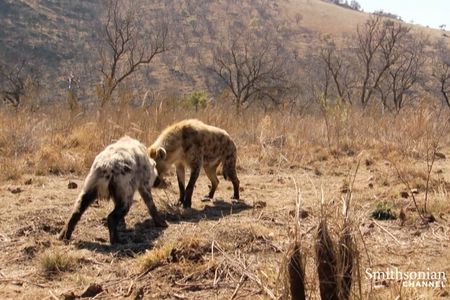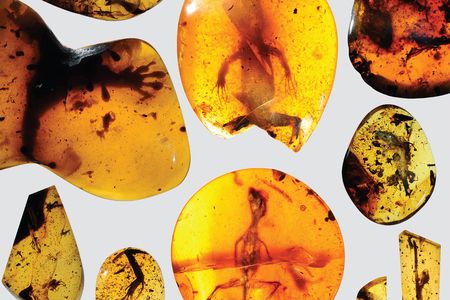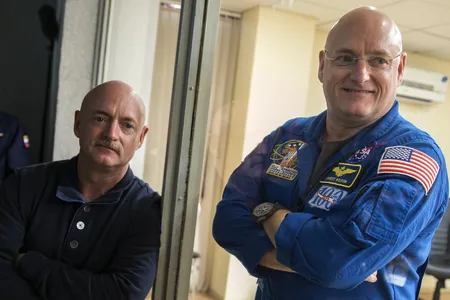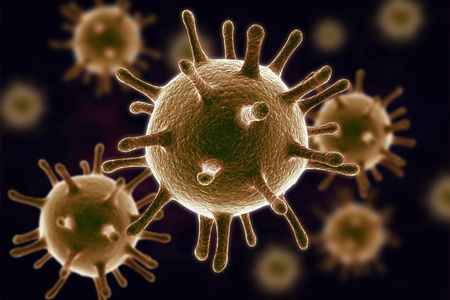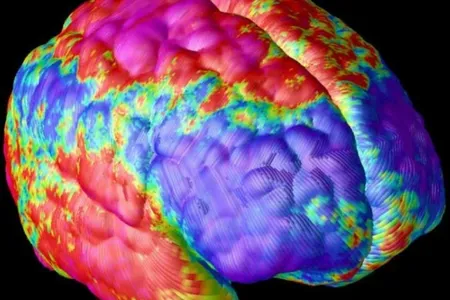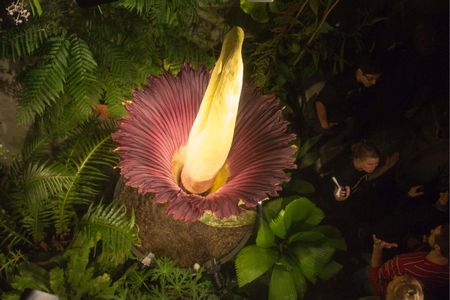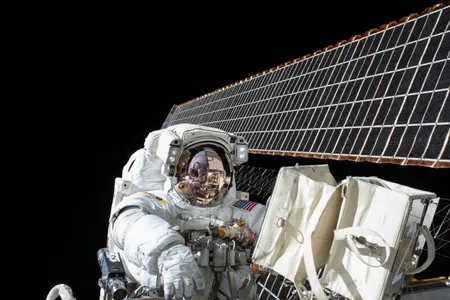Journey to the Center of Earth
San Andreas May Have Had Help Triggering a Historic Earthquake
New evidence about a devastating quake in 1812 hints that the San Jacinto fault may be a bigger seismic risk than anyone thought
Twitter May Be Faster Than FEMA Models for Tracking Disaster Damage
Real-time online activity could provide speedier assessments as disaster unfolds than tools currently used by the government agency
These Watercolor Paintings Actually Include Climate Change Data
Jill Pelto, an artist and scientist, incorporates graphs of rising sea levels and soaring temperatures in her artwork
Slo-Mo Footage of a Bumble Bee Dislodging Pollen
Buzz pollination is a special technique for dislodging pollen from certain types of plants - and bumble bees are among the few species of bee capable of it
A Giant Planetary Smashup May Have Turned Venus Hot and Hellish
A collision with a large object may have triggered changes deep inside the planet that ultimately affected its atmosphere
A Taste for Raw Meat May Have Helped Shape Human Evolution
Stone tools might have let our ancestors more easily chew and digest meat, which in turn may have changed our teeth and jaws
It Might Be Impossible to Turn Back the Clock on Altered Ecosystems
“Rewilding” landscapes to return them to a natural state might sometimes be ineffective and even harmful
The Surprising Way Civil War Took Its Toll on Congo’s Great Apes
Using satellite maps and field studies, scientists found that even small disturbances to the forest had big consequences for bonobos
Worker Wasps Sneak Out to Lay Their Eggs in Neighboring Nests
By cadging a free ride for their offspring, female workers may boost their chances of passing on their genes
Watch This Intense Hyena Hazing Ritual
Hyena clans have a strict social hierarchy. When two 18-month-old hyena brothers join a new clan, alpha male Bongo shows us how he establishes dominance
Pint-Sized Lizards Trapped in Amber Give Clues to Life 100 Million Years Ago
The trove of Cretaceous reptiles includes an early relative of the chameleon—the oldest yet discovered
A Brief History of Twin Studies
As NASA dives into the data from astronaut twins, take a look back at the famous, and infamous, results we’ve seen from this popular research tool
Virus Genes in Human DNA May, Surprisingly, Help Us Fight Infections
Bits of ancient viral invaders woven into the human genome seem to boost our immune system
A New Way to Trick the Brain and Beat Jet Lag
For all its complexity, the human brain is not hard to deceive. Here are four studies where scientists have learned more about duping it
These Tiny Saber-Toothed Terrors Are Among the World’s Oldest Ants
Analysis of insects entombed in amber shows that the “hell ants” were among the first to diverge from the original ant-wasp ancestor
Explore the Magnificent and Mysterious Surface of the Moon in Pictures
At the National Air and Space Museum, beautiful images show how the moon’s pockmarked surface is rife with mystery
What’s on Your Botanical Bucket List?
From rare orchids to grizzled desert plants, experts weigh in on which flora they most want to see before they die
What Happens to the Human Body in Space?
Data from astronauts who spent 340 days in orbit will add to almost 55 years of research on how low gravity sends Earthlings for a loop
“Termites of the Sea” Found Munching Wood Near Arctic Shipwrecks
The shipworms found in Svalbard may signal an expansion due to ocean warming or be a new species
I Want to Believe (In the Science of “The X-Files”)
In some scenes, the television show is theater of the absurd, but in others, you can bet the science is solid with biologist Anne Simon on the job
Page 184 of 451
